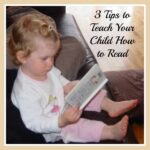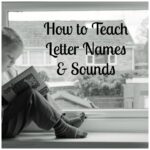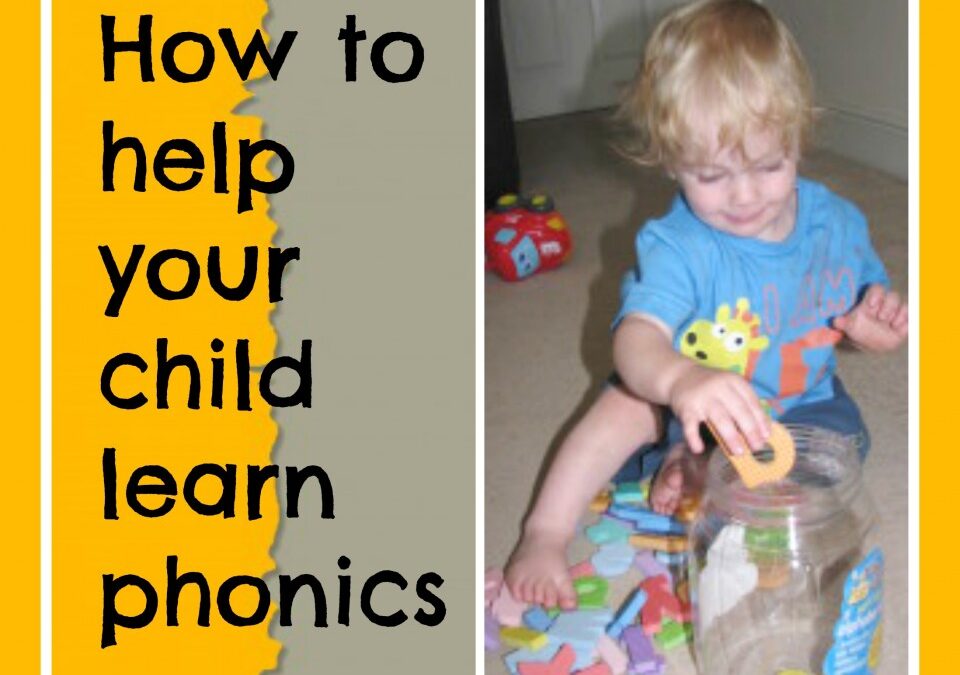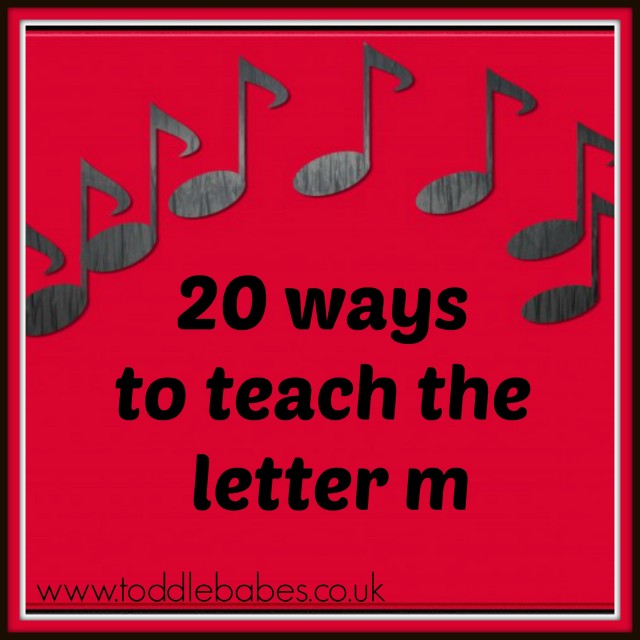
3 Tips to Teach Your Child How to Read

How to Teach Letter Names and Sounds

Phonics is the foundation of reading and writing. For children in the Early Years Foundation Stage (EYFS), it opens the door to literacy in a fun, interactive, and meaningful way. Whether you’re a parent, carer, or educator, teaching phonics to children at home can make a lasting difference.
Table of Contents
What Is Phonics and Why Is It Important?
Phonics is a method of teaching children to read by linking the sounds of spoken English (phonemes) to letters or groups of letters (graphemes). Instead of learning whole words by sight, children learn to decode unfamiliar words by sounding them out.
Phonics is especially important in the EYFS (ages 0–5), where literacy development is one of the seven areas of learning. It supports:
-
Language development
-
Reading fluency
-
Spelling confidence
-
Early writing skills
Understanding Letters and Sounds
Children first learn:
-
Letter sounds (e.g., the sound /s/ for the letter s)
-
Blending (combining sounds to read words like c-a-t)
-
Segmenting (breaking down words to spell, like dog = d-o-g)
This process enables children to become confident readers, rather than relying on memory.
Teaching Phonics to Children at Home
The EYFS stresses learning through play. Here’s how to weave phonics into your child’s daily life:
1. Create a Language-Rich Environment
Talk, sing, and read to your child regularly. Use rich vocabulary and clear pronunciation. Narrate your day, ask open-ended questions, and encourage your child to express themselves.
2. Start with Environmental Sounds
When teaching phonics to children, before letter sounds, you will help your child tune into everyday sounds: birds, traffic, water running. This builds listening skills and auditory discrimination.
3. Introduce Letter Sounds Gently
Teach single sounds (s, a, t, p, i, n) before letter names. Use:
-
Letter sound flashcards
-
Sand or shaving cream for tracing letters
-
Alphabet books and songs
Start with lowercase letters, as these appear more often in text.
4. Play Blending and Segmenting Games
Try activities like:
-
Sound hopscotch: hop while saying a sound per jump
-
“Robot talk” blending: “Can you get your /c/ /oa/ /t/?”
-
Clapping syllables or stomping out sounds
5. Use Songs, Rhymes, and Stories
EYFS encourages rhythm and repetition. Use:
-
Nursery rhymes
-
Phonics songs (e.g., Jolly Phonics, Alphablocks)
-
Storybooks with rhyming and alliteration
6. Follow Their Pace
Some children pick up phonics quickly, others take time. When you’re teaching phonics to children, avoid rushing. Celebrate progress and make phonics part of your routine, not a chore.
EYFS Phonics: Developmental Milestones by Age
Ages 2–3:
-
Recognise and imitate sounds in the environment
-
Join in with rhymes and songs
-
Begin recognising familiar print (e.g., own name)
Ages 3–4:
-
Distinguish between initial sounds in words
-
Begin linking sounds to letters
-
Show interest in books and storytelling
Ages 4–5 (Reception):
-
Recognise most single letter sounds
-
Begin to blend and segment simple CVC words (consonant vowel consonant)
-
Start reading and writing short sentences
-
Begin learning digraphs (e.g., sh, ch, th)
Use this to guide expectations and provide age-appropriate support.
Common Challenges and How to Overcome Them
| Challenge | Solution |
|---|---|
| Reversing letters like b/d | Use visual aids (e.g., “bed” hands or mirror play) |
| Mixing up letter names/sounds | Focus on sounds first, then gradually introduce names |
| Lack of interest | Add variety: treasure hunts, phonics apps, puppets |
| Short attention span | Keep sessions brief (5–10 minutes) and frequent |
Phonics Resources and Tools for Parents
Use tools aligned with EYFS goals:
-
Printable phonics worksheets (available in your ToddleBabes shop)
-
Letter formation activities
-
Alphabet puzzles and magnets
-
Online games and videos (e.g., Teach Your Monster to Read, BBC Bitesize)
Your child’s learning is reinforced when these tools are used consistently in play and everyday routines.
Final Thoughts: Encouraging a Love for Reading
Teaching phonics to children doesn’t need to be formal. The most effective phonics learning happens during play, conversation, and shared storytime. EYFS encourages you to follow your child’s lead—make learning joyful, and your child will flourish.
💡 Tip: Add phonics practice into your daily life: during mealtimes, bath time, car rides, or bedtime stories.
Here are some articles to further explore the benefits of reading and how to encourage a love of reading in your child.
How Early Reading Influences Later School Performance
Does Reading Make Children Clever?
8 Tips for Making Reading Fun for Children
How to Encourage Reading in Children
🔗 Useful Links:
The Early Years Foundation Stage (EYFS) is the UK government framework that sets the standards for learning, development, and care of children from birth to age five. It ensures children are supported in key areas such as communication, physical development, personal and social skills, literacy, and numeracy. The EYFS aims to give all children a strong start in life by promoting school readiness and laying the foundation for future learning. It is used in nurseries, preschools, and reception classes across England.
I am a preschool and primary school teacher and mum to 3 children. I have been involved in education since 1997 and have trained in a variety of educational specialist areas. It is with this expertise that I write articles to help parents and educators provide quality learning experiences for the children in their care.




